Ramen (ラーメン) is a noodle soup dish that was originally from China and has become one of the most popular dishes in Japan. It’s affordable. Visiting Japan gives you a unique opportunity to try a full range of soup flavors, noodle variations, and eating styles. Don’t miss this chance to enjoy ramen to your heart’s content!
Popular ramen types
Tonkotsu (豚骨, Pork Bone)
A type of ramen that originated in Kyushu (the south of Japan). Boiling port bones over many hours releases gelatin, creating a thick broth with a cloudy white color.
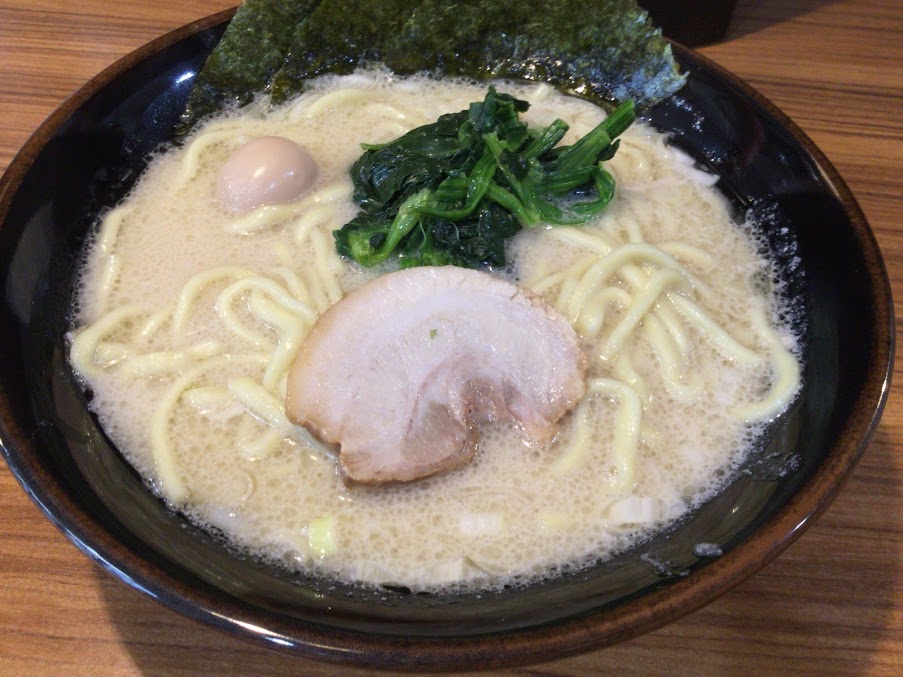
As the thin noodles can get soggy easily, many shops serve Tonkotsu ramen with less noodles and offer a refill called Kae-dama.
Another characteristic of Tonkotsu ramen is the ability to ask for different levels of noodles hardness when ordering, from the very hard, “Bari-kata” to soft “Yawa”.
Shoyu (醤油, Soy Sauce)
Shoyu (soy sauce) ramen combines a broth based on chicken, pork, or beef bones with soy sauce. It is said to have its roots in the ramen served in casual Tokyo restaurant around 1900.
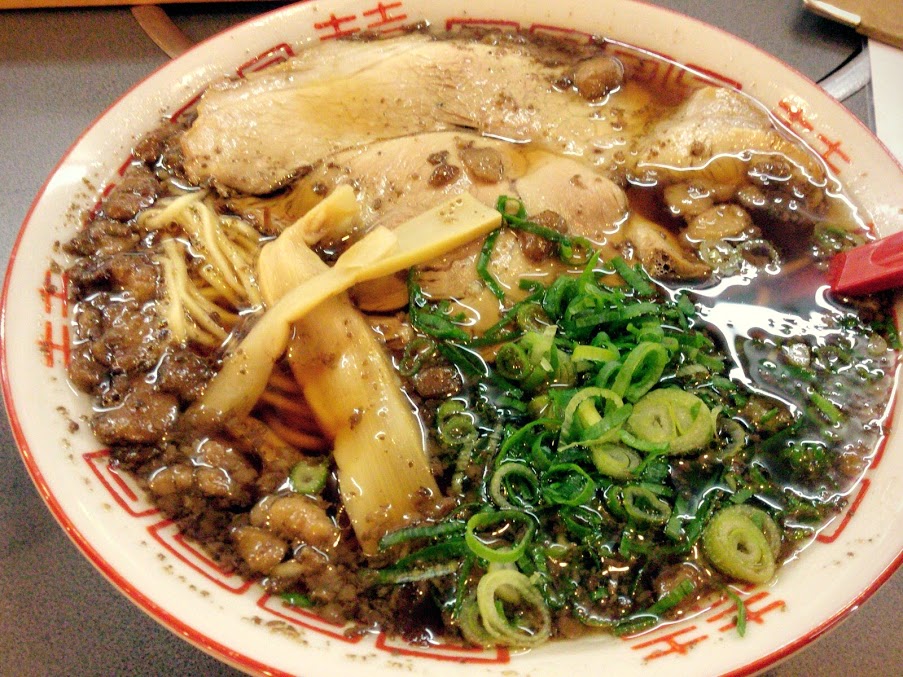
Chinese noodles are added to a clear soup for a light, classic ramen taste that is popular in many instant ramen noodles as well.
Shio (塩, Salt)
Shio ramen soup is a light, clear broth seasoned with salt. It is typically made from chicken broth, but may also be flavored with pork.
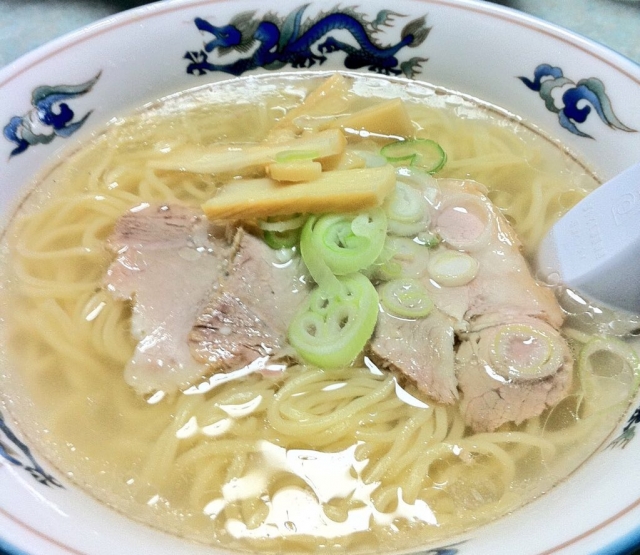
Miso (味噌, Soybean Paste)
Miso, a traditional Japanese paste, is added to a soup stock of pork bones, vegetables, etc. It is said that a ramen shop owner in Hokkaido created it, inspired by miso soup.
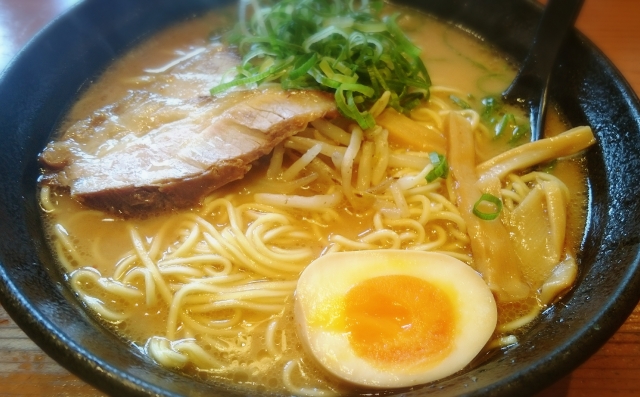
Miso ramen often features curly noodles to catch the soup and toppings such as bamboo shoots , sliced pork, and vegetables. Butter or corn is sometimes added for a Hokkaido flavor.
Tuke-men (つけ麺, Dipping noodles)
With Tsuke-men, or dipping noodles, you dip cold noodles into a separate bowl of hot soup. It is currently seeing rising popularity as its own genre of ramen. It is said that Tsuke-men began as a staff meal at famous ramen shop.
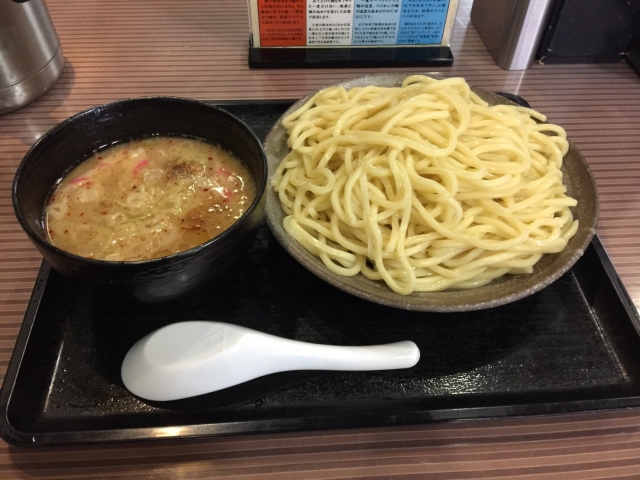
The soup is stronger than standard ramen, and it often based on seafood or port bone. At some restaurants, after you finish eating the noodles you can ask for extra soup stock to the remaining soup to enjoy in a different way.
How to eat
Ramen are eaten with chopsticks. Most ramen restaurants in Japan don’t have forks. If you can not use chopsticks, you can not eat ramen. If you can not use chopsticks, please practice before coming to Japan.
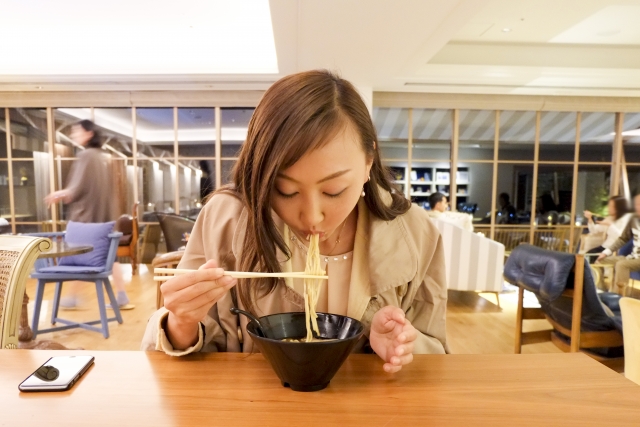
Ramen noodles get soggy quickly and should be eaten immediately after they are served. As with other noodle dishes in Japan, a slurping sound is made when eating ramen. Slurping your ramen is a must with the Japanese.
A Chinese style spoon is provided as well to help with small toppings and for drinking the soup. It is OK to lift up the bowl to drink the soup directly from the bowl.
It is alright to leave some unfinished soup in the bowl. You do not need to drink the whole bowl to be polite.
Once you finished the last drop, put the bowl down and say: “Gochisousama!” (Thanks for the meal in Japanese).
Where to find ramen
There are many ramen shops in Japan, so you can find them as soon as you are walking in the city.
If you want to eat at a popular ramen shop, please check the following.
Tabelog Japan Ramen Award 2016
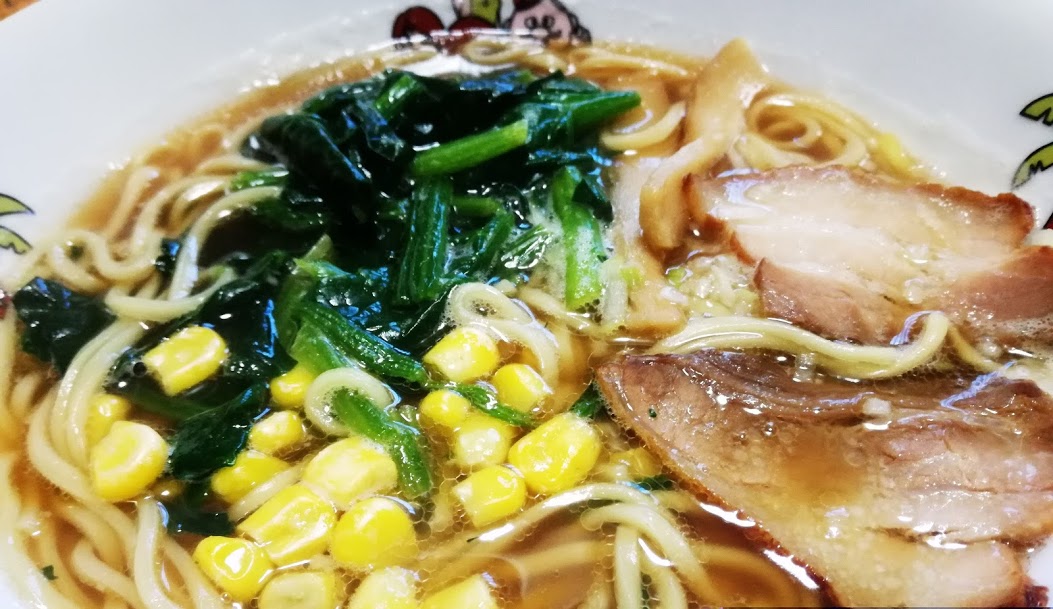

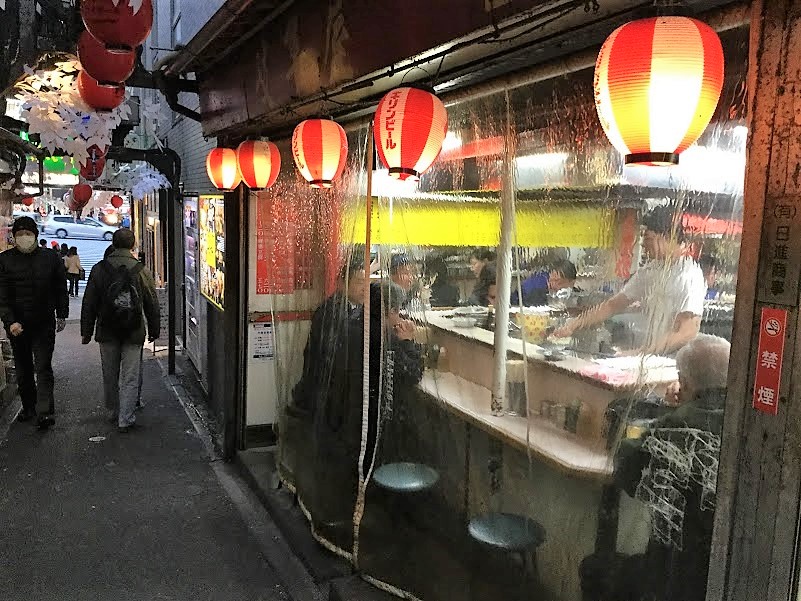
コメント